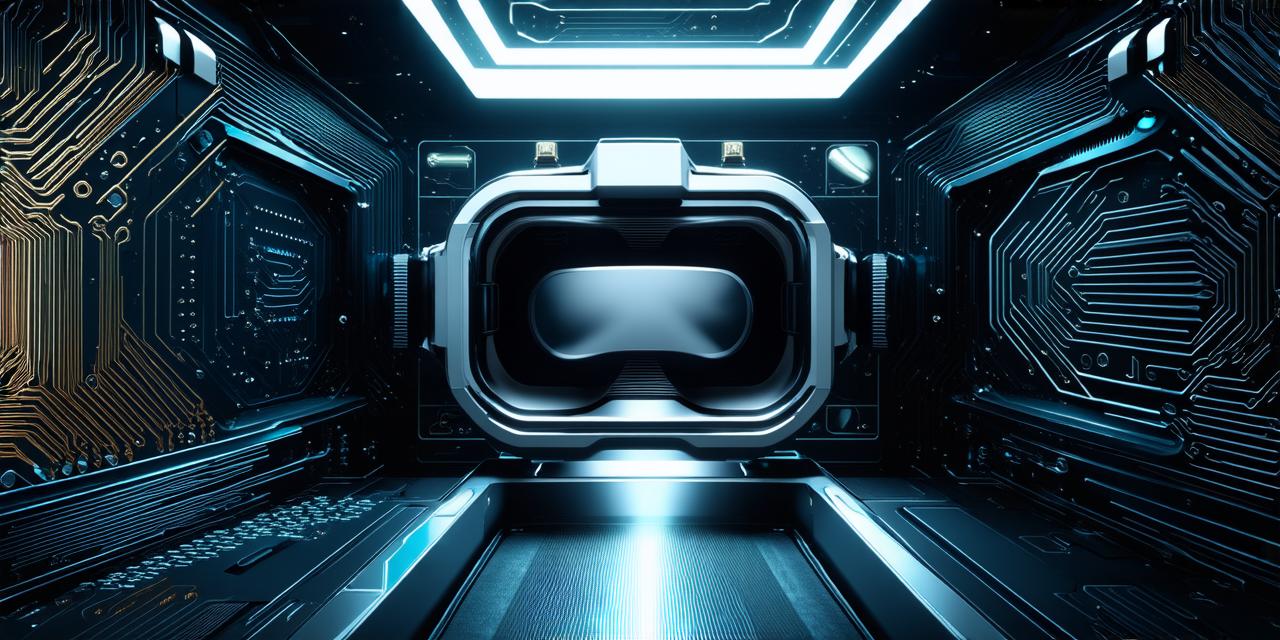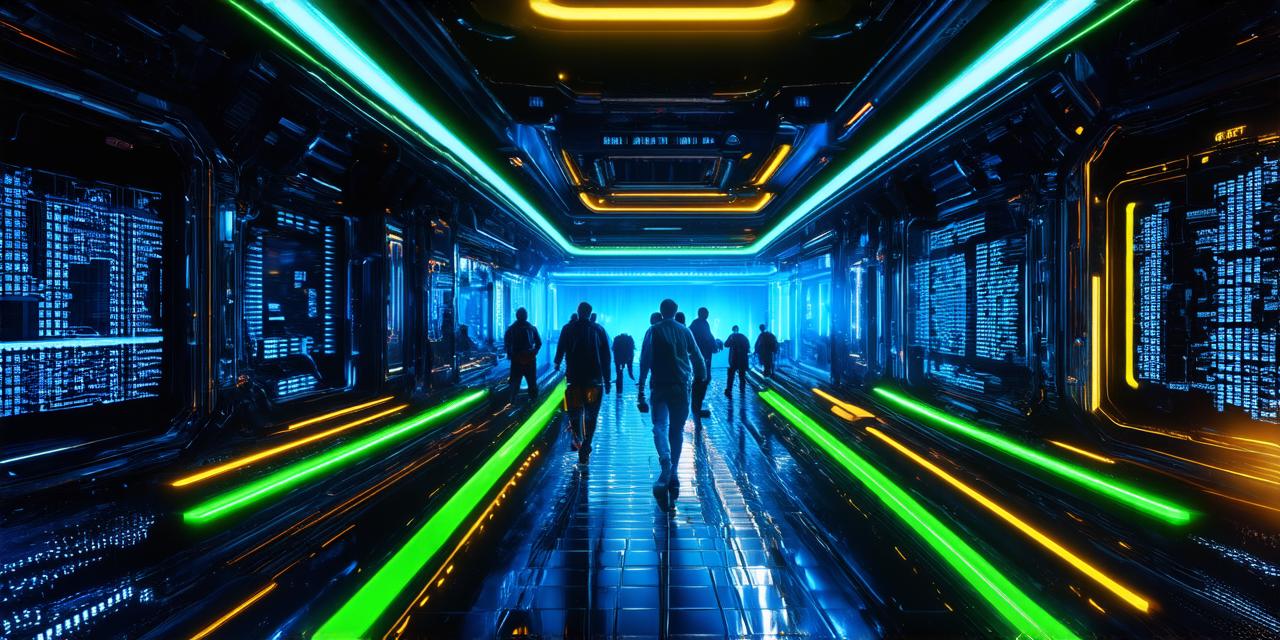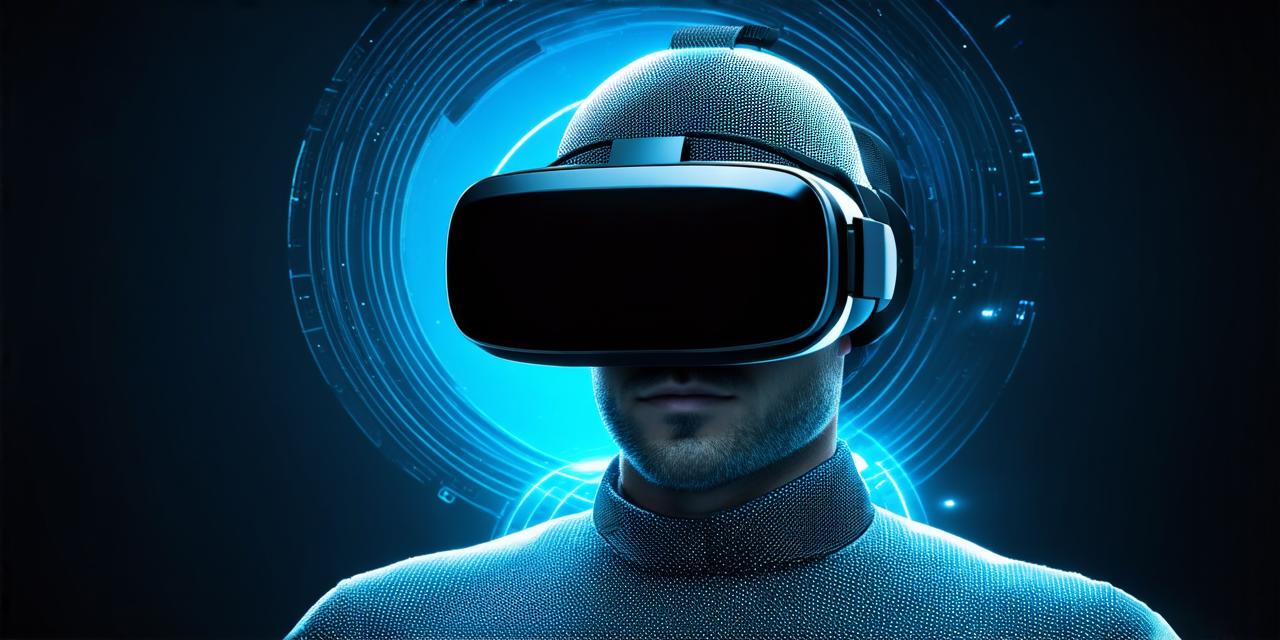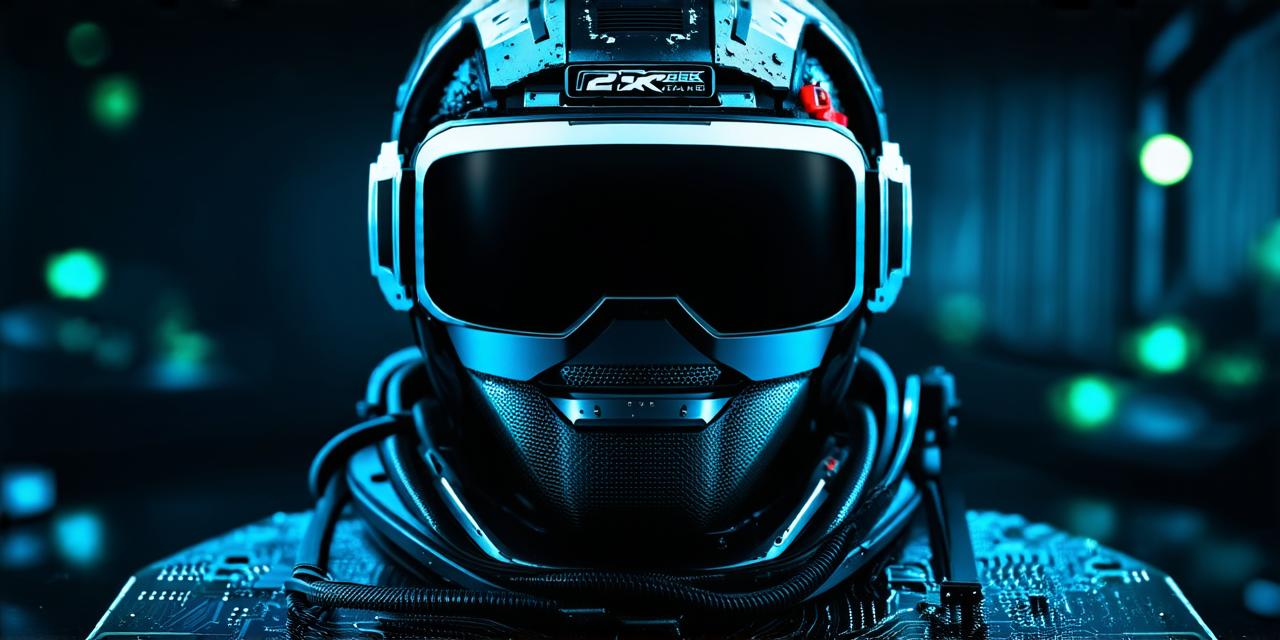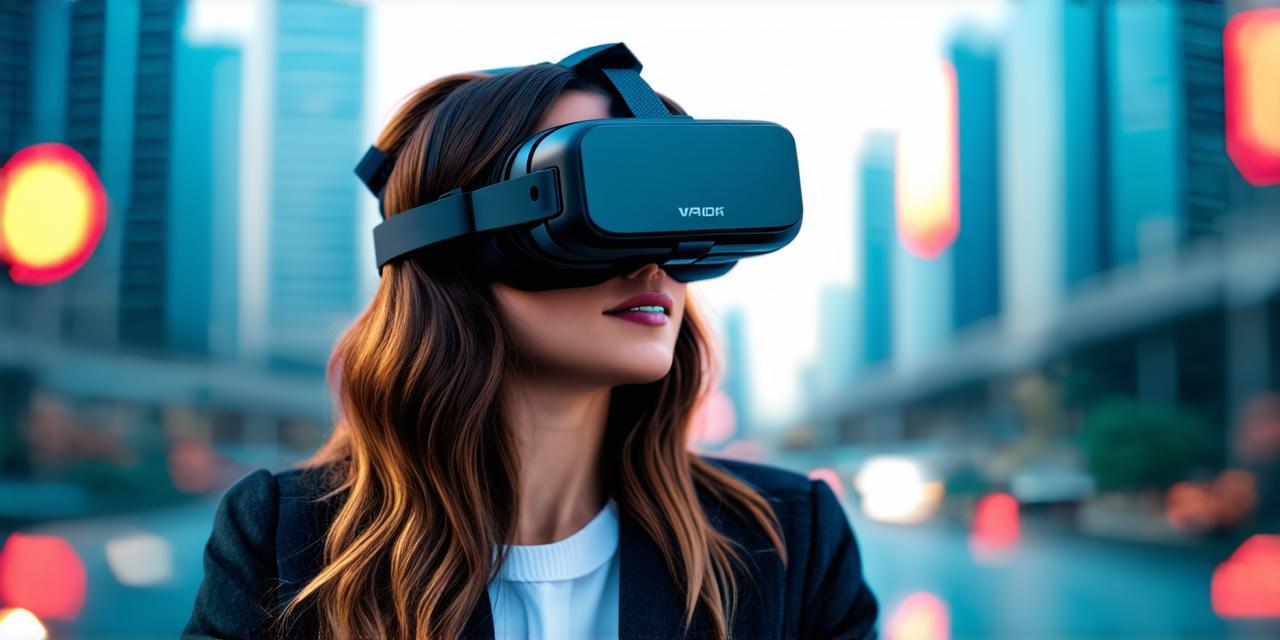Understanding Virtual Reality Immersion
Virtual reality (VR) technology is rapidly advancing and becoming more accessible to consumers, leading to a growing interest in its potential for immersive experiences. However, determining the optimal level of immersion can be difficult, as it depends on various factors such as the user’s individual preferences, the intended application of VR, and the nature of the content being experienced.
Determining the Optimal Level of Immersion
To determine the optimal level of immersion for a given experience, it is important to understand the intended application of VR and the nature of the content being experienced. For example, if the VR experience is intended to be used for training or simulation purposes, a more realistic and immersive approach may be appropriate. On the other hand, if the VR experience is intended to be used for entertainment purposes, a more stylized and abstract approach may be more suitable.
It is also important to consider the individual preferences of the user, as some users may prefer a more interactive and engaging experience, while others may prefer a more passive and relaxing experience. For example, some users may prefer to actively explore and interact with the virtual environment, while others may prefer to simply observe and take in the sights and sounds.
Case Studies and Personal Experiences
There are many case studies and personal experiences that illustrate the importance of understanding user preferences and the impact of environmental factors on immersion. For example, a study conducted by researchers at Stanford University found that adding sound effects to a VR experience can significantly enhance the level of immersion experienced by users, even if the sound effects are not directly related to the content being experienced.
Another example is the use of haptic feedback in VR experiences, which provides tactile sensations to the user through devices such as gloves or vests. A study conducted by researchers at the University of California, San Diego found that adding haptic feedback to a VR experience can significantly enhance the level of immersion experienced by users and improve their overall satisfaction with the experience.
Personal experiences can also provide valuable insights into what works well and what doesn’t in terms of immersion. For example, some users may find that certain types of content or environments are more immersive than others, while others may prefer a different approach entirely. By paying attention to these preferences and environmental factors, developers can create VR experiences that truly transport users into new and exciting worlds.
Optimizing VR Content for Maximum Immersion
To optimize VR content for maximum immersion, it is important to consider the following factors:
- Tracking systems: The accuracy and reliability of the tracking system used in a VR experience can have a significant impact on the level of immersion experienced by the user. It is important to ensure that the tracking system is able to accurately capture a user’s movements and provide a seamless and immersive experience.
- Content: The nature of the content being experienced will also affect the level of immersion. For example, highly realistic environments or content that is closely tied to the user’s personal experiences may be more immersive than abstract or stylized content.
- Environmental factors: Lighting, sound, and motion can all impact the level of immersion experienced by a user. It is important to ensure that these environmental factors are optimized for the specific VR experience being used.
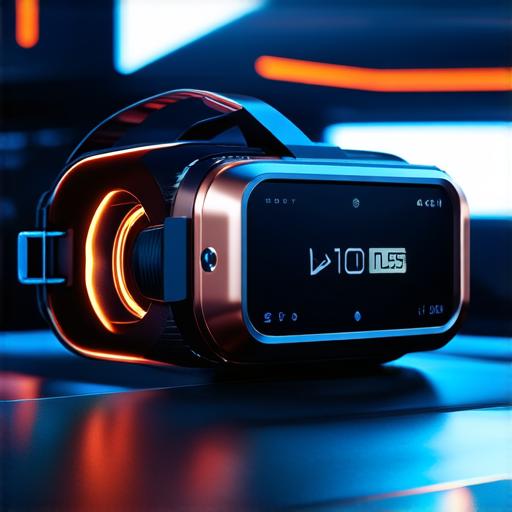
Summary
Virtual reality technology has the potential to create highly immersive experiences that can be used for a wide range of applications, from training and simulation to entertainment. However, determining the optimal level of immersion can be difficult, as it depends on various factors such as user preferences, the intended application of VR, and the nature of the content being experienced. By understanding these factors and optimizing VR content for maximum immersion, we can create highly engaging and memorable experiences that truly transport users into new and exciting worlds. As technology continues to evolve, it is likely that we will see even more advanced and innovative approaches to achieving virtual reality immersion.
Future Trends in VR Technology
As VR technology continues to evolve, there are several trends that are likely to further enhance the immersive experience. These include:
- Improved tracking systems: As technology improves, it is likely that we will see more advanced and accurate tracking systems that can better capture a user’s movements and provide a more seamless and immersive experience.
- Enhanced haptic feedback: Haptic feedback is already being used in some VR experiences to provide tactile sensations to users, and it is likely that we will see further improvements in this technology in the future.
- Increased integration with other technologies: VR technology is likely to become more integrated with other technologies such as augmented reality (AR) and artificial intelligence (AI), leading to more advanced and interactive experiences.
